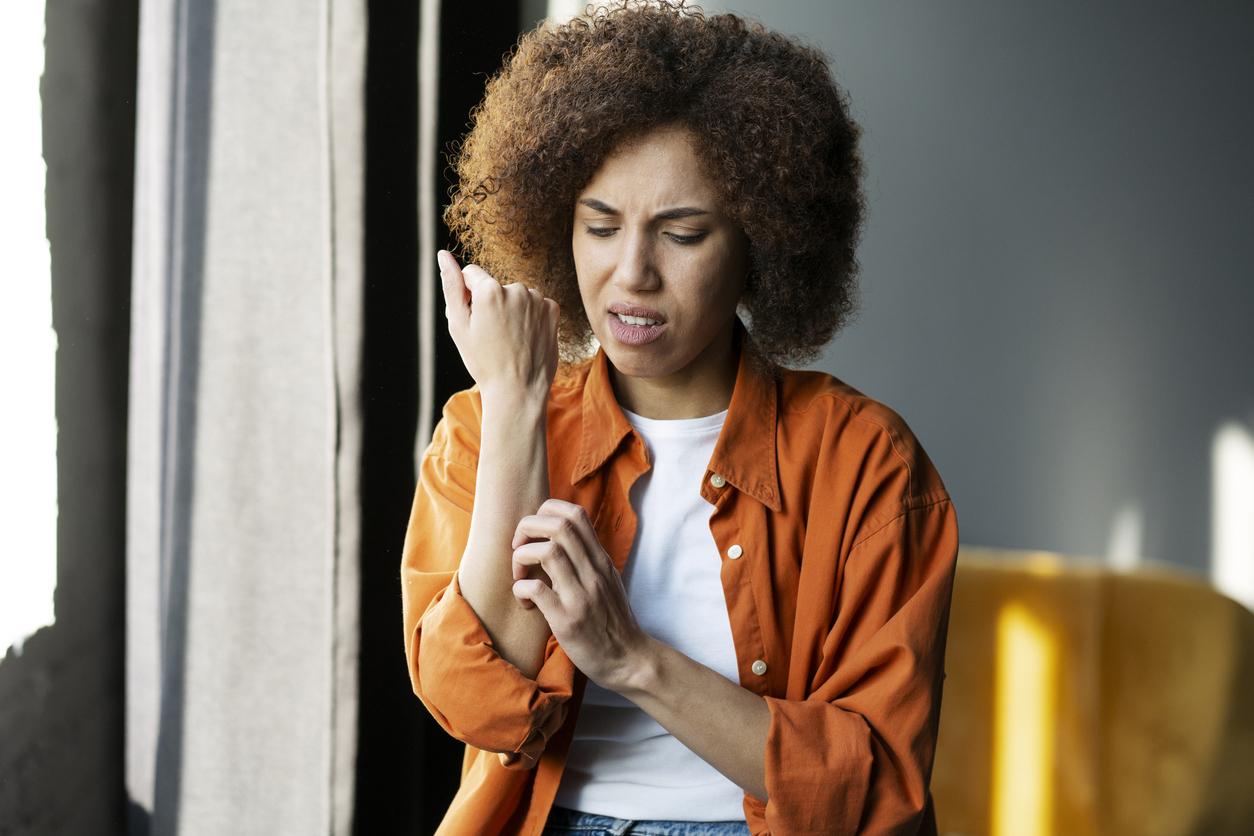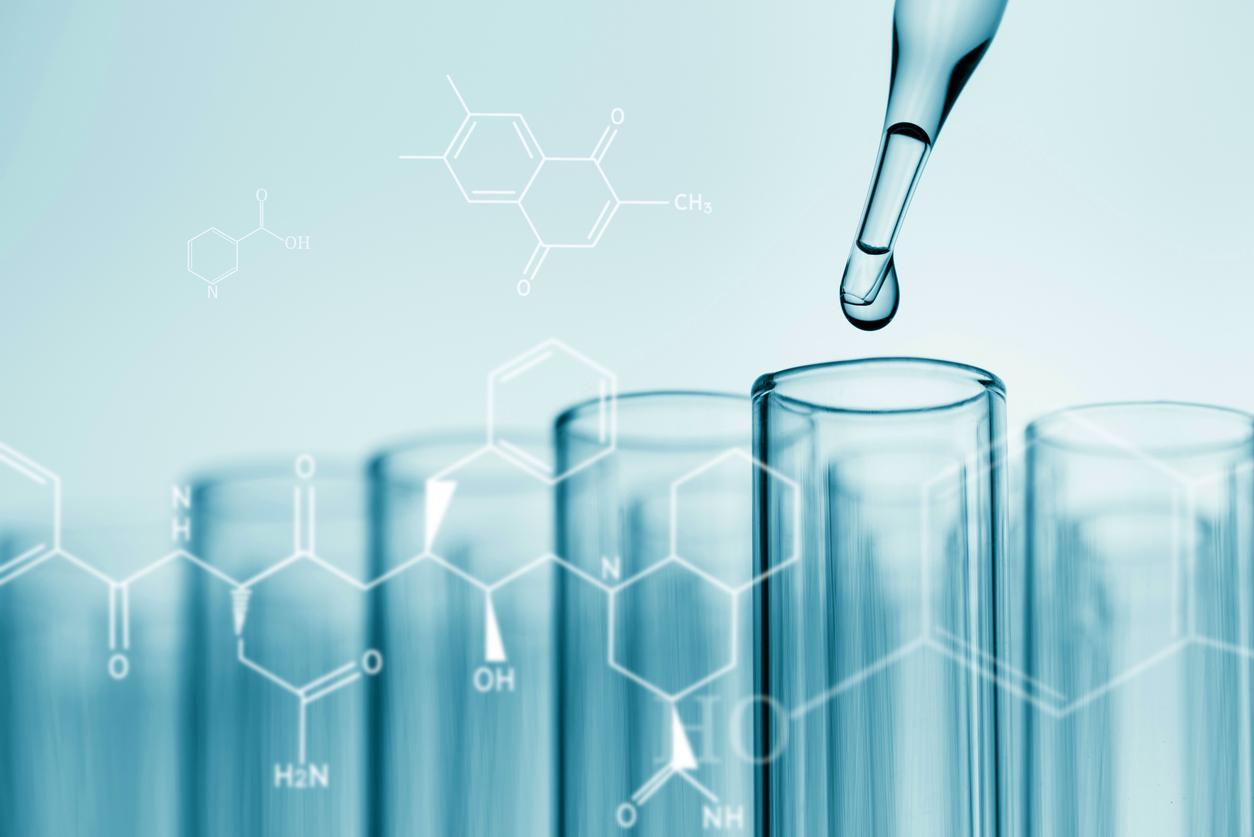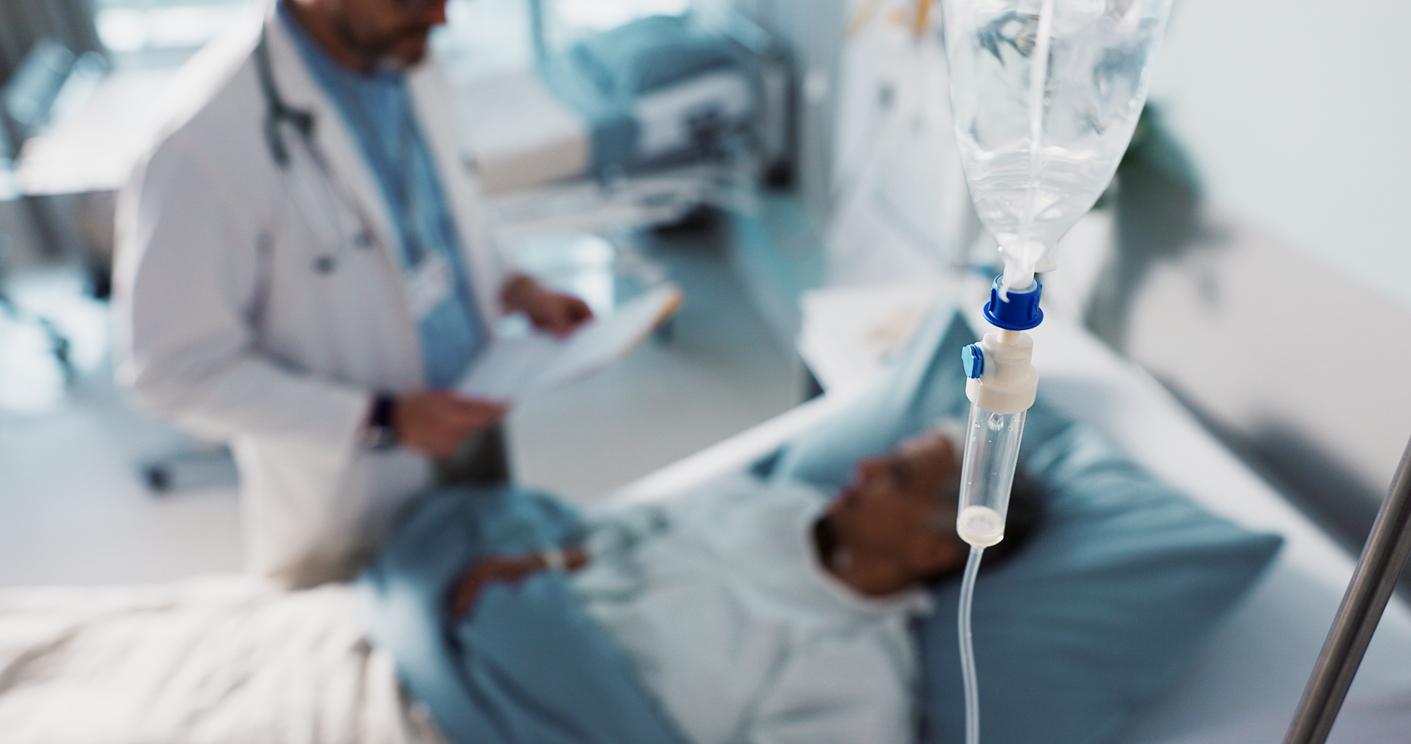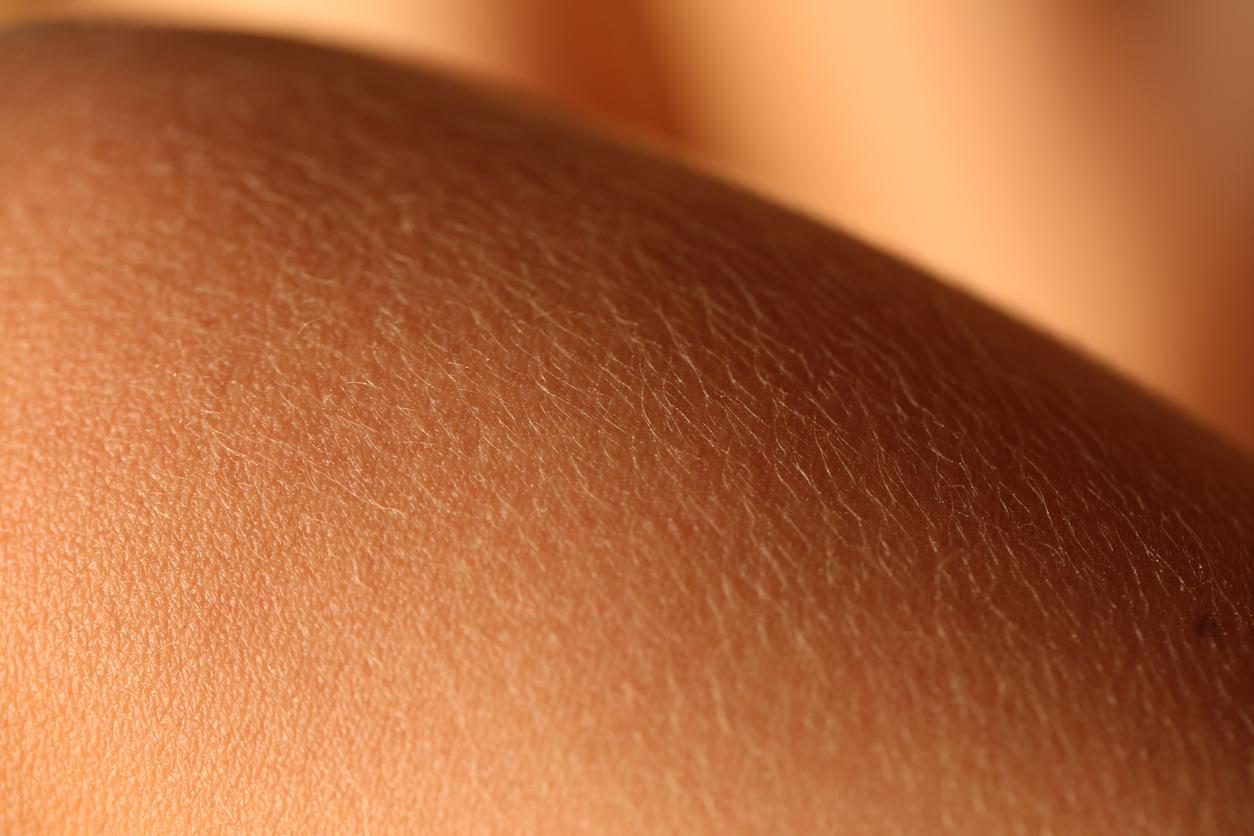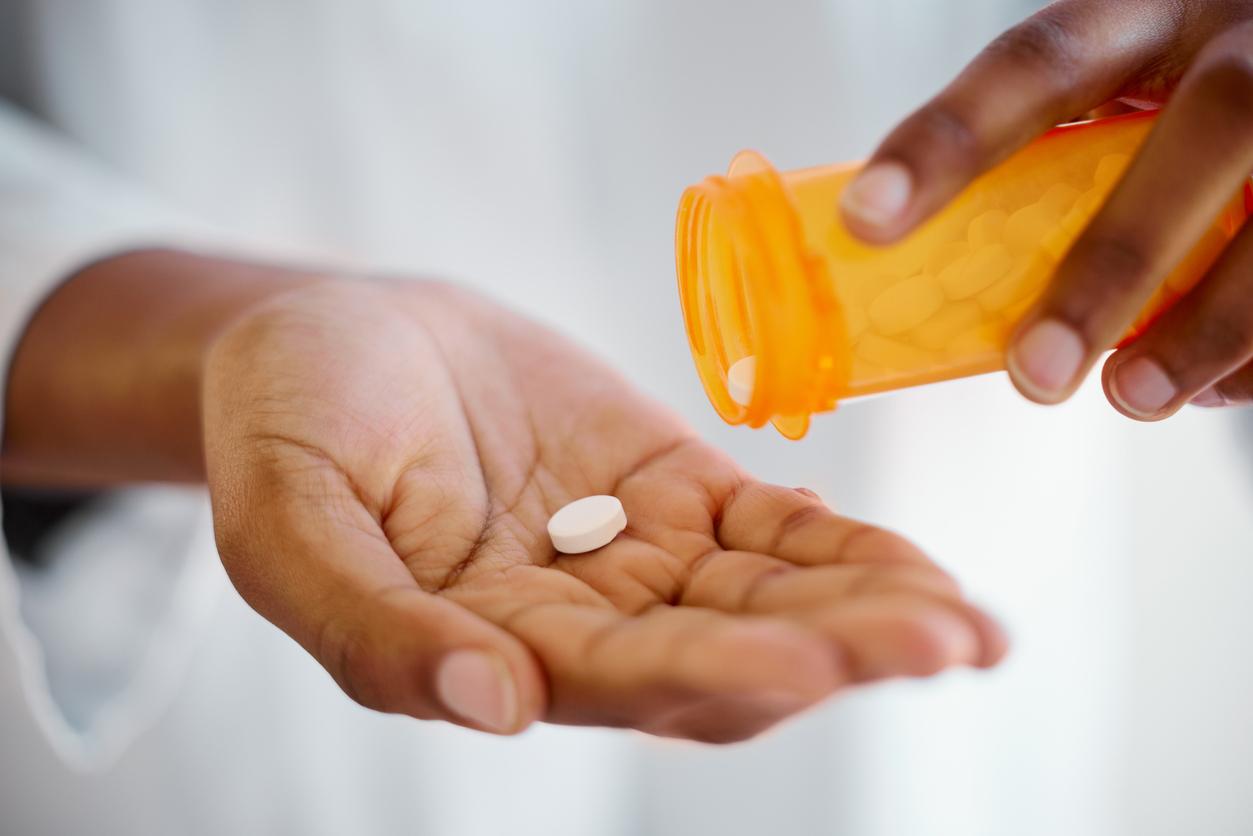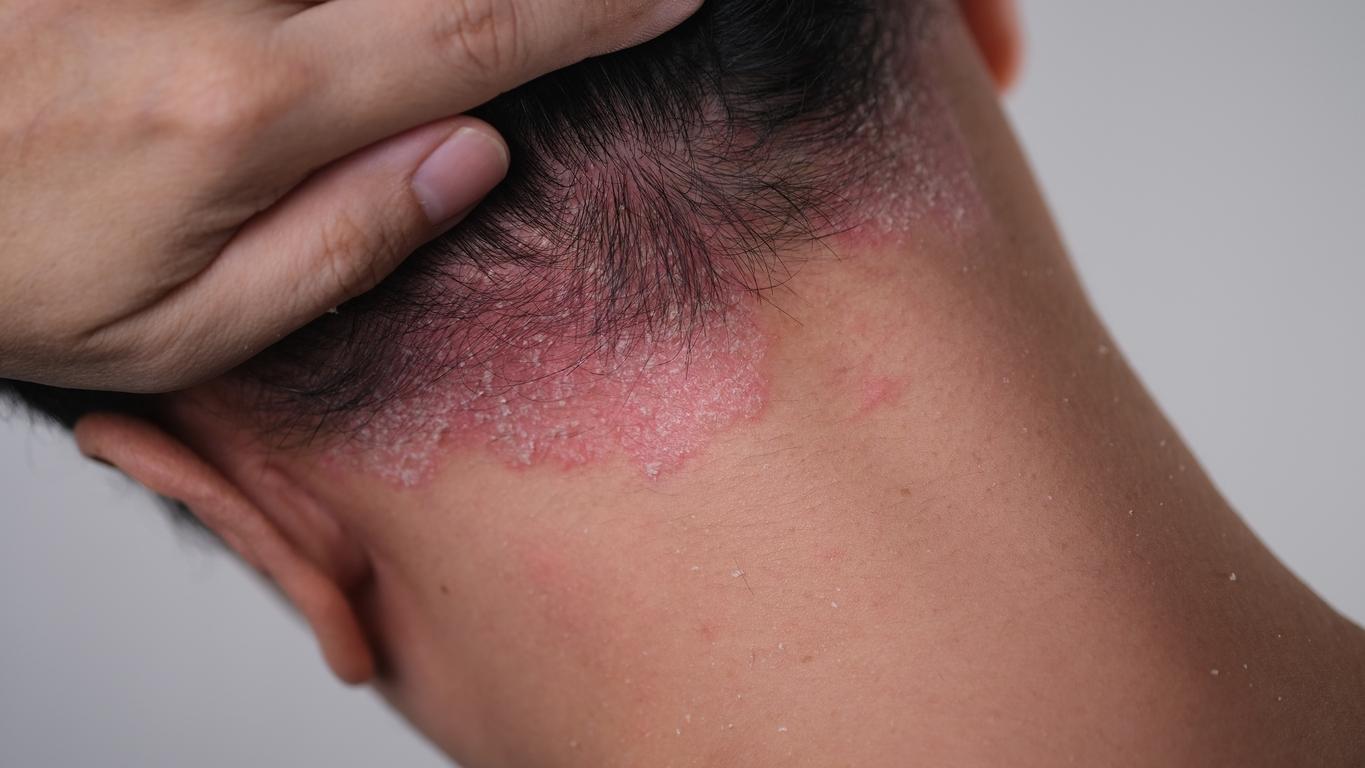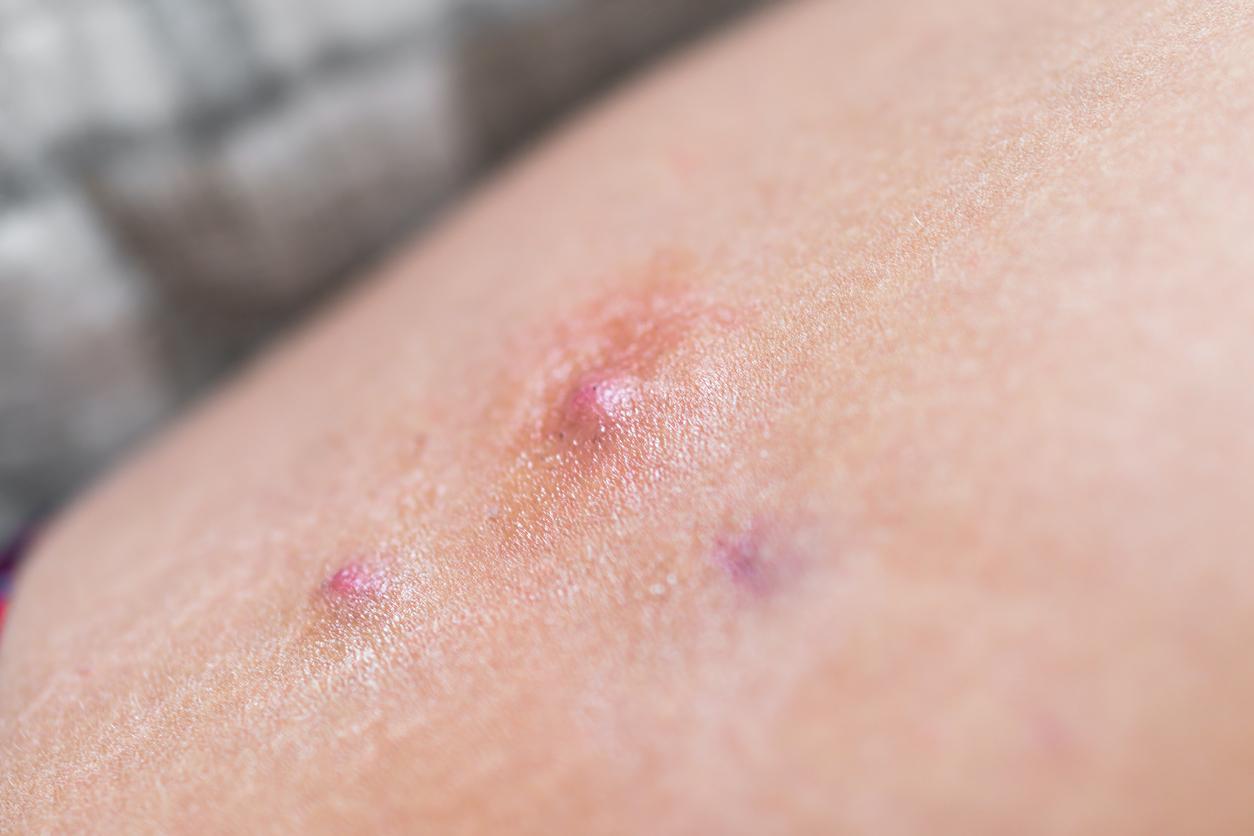
From acne to vitiligo
Dermatologist Menno Gaastra about 9 common skin conditions: what is it, why is it and what can you do about it?
1. Acne
Blackheads, pimples, bumps and inflammations under the skin on the face, chest, back, neck and shoulders; acne mainly occurs in places where there are many sebaceous glands. Between the ages of 18 and 24, 85 percent of people suffer from it. At the age of 40, 20-30 percent of women still have to deal with acne† Severe acne can be treated with antibiotics, topical retinoids, or hormones.
2. Alopecia areata
Sudden hair loss that starts with bald patches and can spread to the entire head, eyebrows, eyelashes and body hair. You don’t feel sick, but you can develop psychological complaints. About 2 percent of people experience alopecia areata. It is an autoimmune disease, in which case the immune system sees the body’s own cells as foreign cells. It attacks and destroys them. In about two-thirds of patients with one or a few bald spots, spontaneous recovery occurs within six months to two years. In severe cases where all hair and/or body hair has disappeared (alopecia totalis), hair growth usually does not return. Hairs are less likely to come back if the condition started in childhood, if there are other autoimmune disorders, if it runs in families, and if someone also has eczema, asthma or hay fever. There are no effective treatments for this skin condition.
3. Chronic Discoid Lupus Erythematosus
Lupus is an autoimmune disease, the immune system attacks the own body. Lupus comes in several forms: chronic discoid lupus erythematosus (CDLE), subacute lupus erythematosus (SCLE), and systemic lupus erythematosus (SLE). The latter involves all organs in the body. With CDLE you have red, round or oval spots that can merge into large areas, especially on the face and on the hairy head, but also on the trunk and arms. When healing, the skin spots often become lighter or darker, leaving scar tissue behind. When this happens on the hairy scalp or in the beard area, a bald spot may remain. Women are more likely to get CDLE than men. Treatment usually begins with an anti-inflammatory corticosteroid cream. This skin condition cannot be completely cured. Even after years of rest, a flare-up can occur again.
4. Corona-Related Skin Conditions
People can also have (temporary) skin disorders from a COVID-19 infection: red inflammations, hives (red, intensely itchy spots) and the corona foot. Menno Gaastra: “It is a viral eczema that arises because the immune system reacts too strongly. At the feet you will see redness and thickened spots with a blue-purple discoloration. This usually goes away on its own after a while, but it can really hurt you.”
5. Eczema: Atopic or Contact
An inflammatory reaction of the skin can cause redness, blisters, flaking and red bumps. This is often accompanied by a lot of itching. 10-20 percent of children and 3-5 percent of adults have some form of eczema. There are two types: atopic (ie constitutional) eczema and contact eczema. You get allergic contact dermatitis when you come into contact with certain substances such as preservatives, perfume and paint. Heredity plays a role. There are also factors that can trigger eczema: dry air, illness, stress, dishwashing and cleaning products, water and soap.
6. Shingles
When you had chickenpox as a child, the varicella zoster virus retreats into the nerve endings of the spinal cord. If you have a reduced resistance at a later age, it can come back. Shingles causes painful skin rashes and can make you feel sick. You can (at your own expense) get vaccinated against shingles, this is recommended for people over 60. Menno Gaastra: “I also see quite a few patients in their 30s or 40s. When your immune system is low, for example during stressful moments in your life, you can get a shingles infection. Very annoying, a large group of people is left with permanent pain. It’s great that a vaccine is now available.”
7. Psoriasis
Red patches with white flakes all over the body or on the elbows, knees, shins and under the hair. 2-3 percent suffer from psoriasis. In this hereditary condition, the skin renews itself much faster than normal and this creates a thick layer of dead skin cells. The cause is the immune system attacking its own skin cells. Stress, some medicines and wounds can make psoriasis worse. Topical application can suppress it, light therapy can suppress the inflammatory response in people with moderate or severe psoriasis. The dermatologist can combine the treatment with medication.
8. Rosacea
Facial redness, dilated blood vessels, bumps and pimples. Rosacea mainly affects women between the ages of 30 and 50. Sometimes there are thickening of the skin. A well-known form of this is rhinophyma, irregular swellings of the nose. This is more common in men and is sometimes seen as a ‘drink nose’ when it has nothing to do with alcohol consumption. In rosacea, the barrier function of the top layer of the skin is impaired, making the skin more sensitive to triggers such as UV light, heat, humidity, stress and skin care products containing alcohol or menthol. Treatment consists of avoiding triggers and using a cream or gel containing metronidazole or an antibiotic, or oral antibiotics.
9. Vitiligo
People with vitiligo have white spots on the skin, the pigment disappears there. Usually the disease develops before you are 30 years old and the spots spread slowly. In vitiligo, the pigment cells no longer work properly because the own immune system attacks them. 1 in 100 people have vitiligo† The treatments are successful in about half of the patients. Corticosteroid creams and tacrolimus cream try to stop the immune system from fighting the pigment cells. Light therapy is also a possible treatment.
This article originally appeared in +Healthy June 2022.
Sources):
- Plus Healthy








